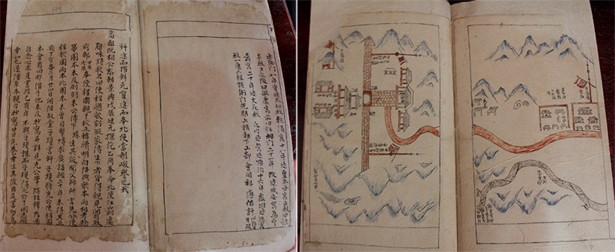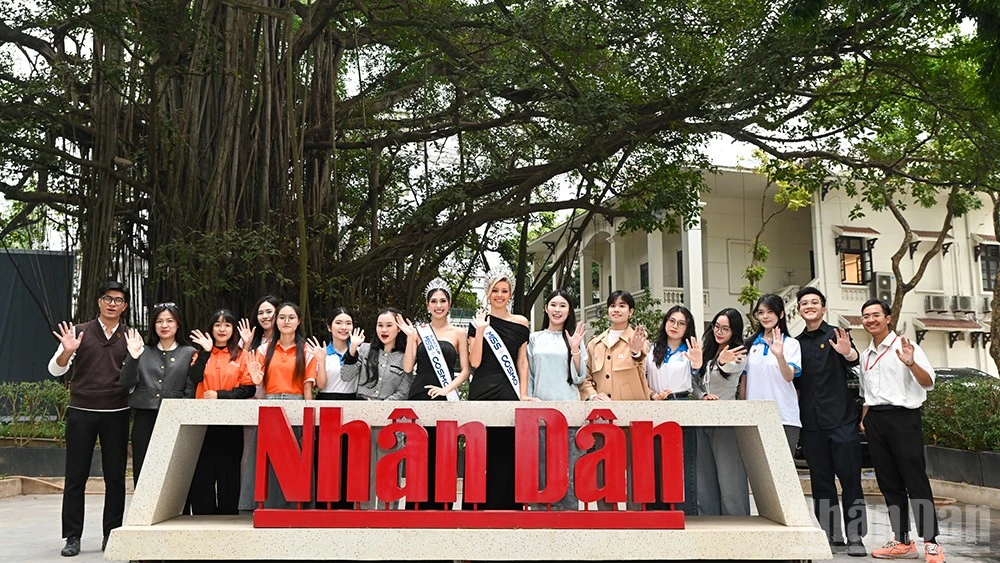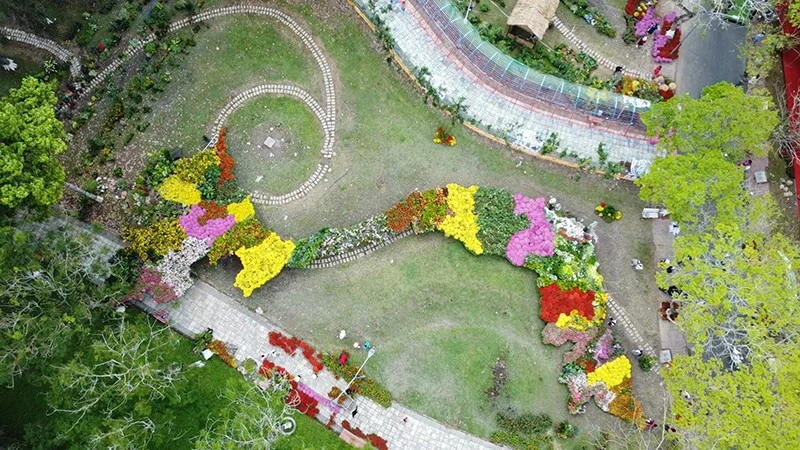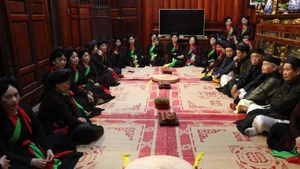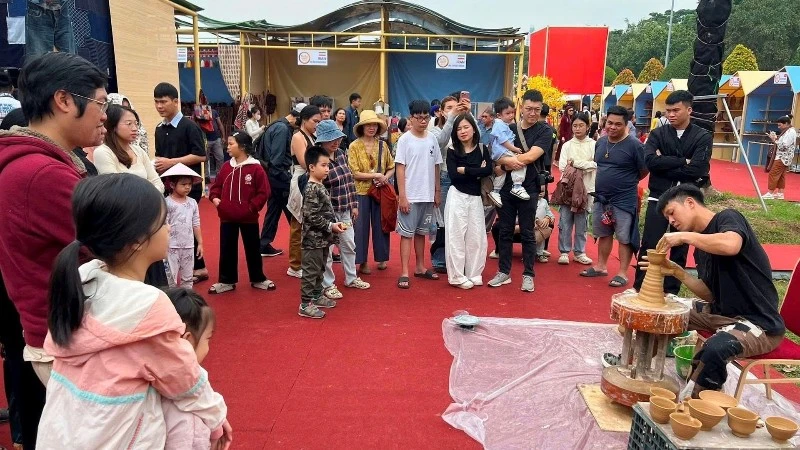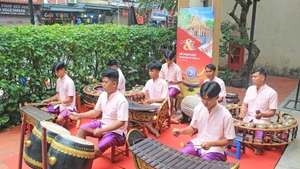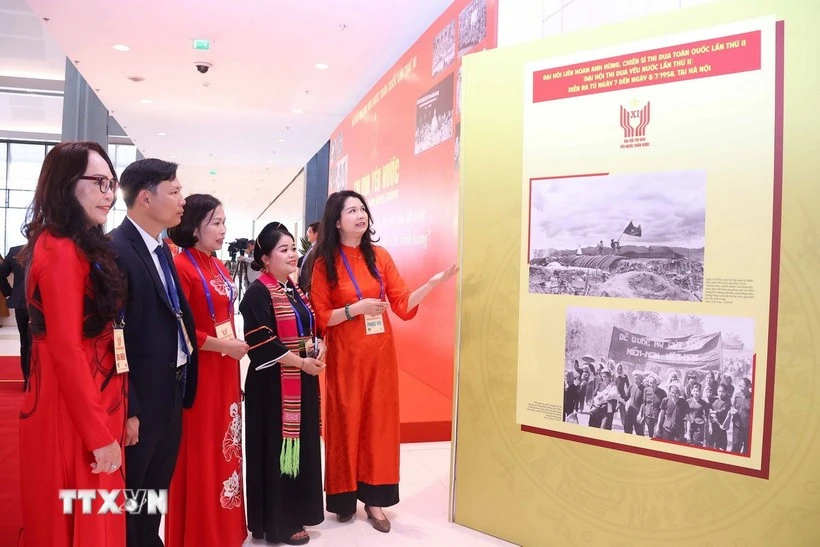The book, entitled “Hoang Hoa Su Trinh Do” (Itinerary Maps of the Imperial Envoy), was inscribed in the Asia-Pacific register of significant archives following a meeting of MOWCAP on May 30.
The original document was assumed to have been compiled by an imperial official named Nguyen Huy Oanh during the 1765-1767 period, under the reign of Emperor Le Hien Tong, and later duplicated by his descendant Nguyen Huy Trien in 1887.
The replica is being kept by the Nguyen Huy clan in the central province of Ha Tinh.
The book, which is 30cm long, 30cm wide and 2cm thick, chronicles the itinerary of the Vietnamese envoy’s mission to Beijing through maps and information on the mountains and rivers, as well as welcoming ceremonies, road lengths and landscapes along the journey.
Nguyen Huy Oanh was believed to have edited, revised, and annotated previous records, and added details about his journey in the two years of 1766 and 1767, to complete the document.
The book was approved for inclusion in the Memory of the World programme for the Asia-Pacific region with 17/17 votes for its valuable information on diplomatic relations between the two Asian countries in the 18th century.
Other Vietnamese items recognised as documentary heritages include the Nguyen Dynasty woodblocks, the doctorate stone steles at the Temple of Literature in Hanoi, the Nguyen Dynasty imperial records, the woodblock at Vinh Nghiem Temple in Bac Giang province, the literature on Hue imperial architecture and the woodblocks of Phuc Giang School.
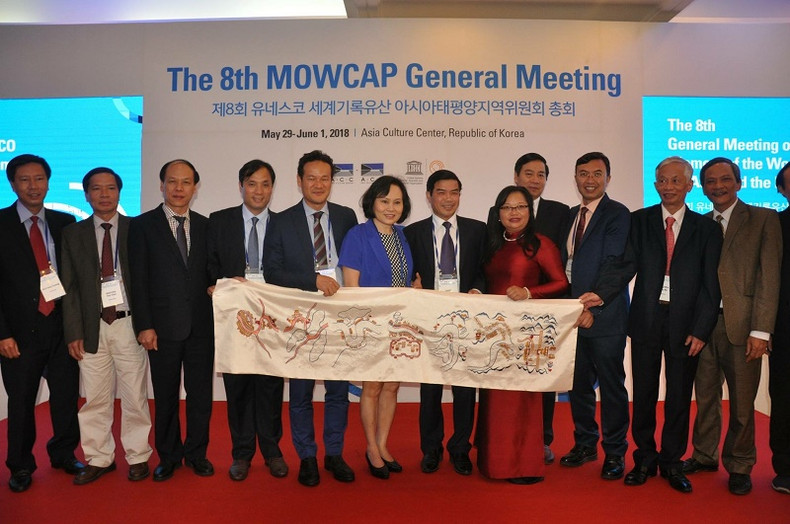
The Vietnamese delegation at the MOWCAP meeting
